When Donald Trump lashed out at India, threatening to impose a ‘substantial’ tariff on India over its oil trade with Russia, the US president could not imagine that it would trigger a geopolitical alignment between two long-time rivals and also jeopardise a relationship between New Delhi and Washington, which has been painstakingly developed over the past two decades.
In fact, Nikki Haley, former US ambassador to the UN, pointed this out in a message on X on Tuesday. She said that Trump’s move could strain the US-India relationship at a crucial time. Moreover, she warned Trump not to give a pass to China and burn relations with an ally like India. “Don’t give China a pass and burn a relationship with a strong ally like India,” she noted.
In the face of Trump’s remarks, India and China have already struck a similar note — one of defiance. While Beijing has slammed Washington for its remarks, New Delhi has said that the actions of the US and the West are “unjustified and unreasonable”.
As this situation unfolds, we take a closer look if Trump’s feud with India will open a door for China.
What has Trump said about India?
It all began last week when Donald Trump announced that the US would be levying a 25 per cent tariff as well as a “Russian penalty” on New Delhi. “Remember, while India is our friend, we have, over the years, done relatively little business with them because their tariffs are far too high, among the highest in the world, and they have the most strenuous and obnoxious non-monetary trade barriers of any country,” Trump said, adding that the US has a “massive” trade deficit with India.
He also disapproved of New Delhi’s defence deals with Moscow, saying India has “always bought a vast majority of their military equipment from Russia”. They “are Russia’s largest buyer of energy, along with China, at a time when everyone wants Russia to stop the killing in Ukraine.”
The following day, he referred to India as a “dead economy” and brazenly declared he “does not care” what India does with Russia.
He followed it up with announcing a 25 per cent tariff on India — significantly higher than those imposed on other south Asian nations such as Pakistan, Sri Lanka and Bangladesh.
Since then, the American president has warned India of ‘substantially’ high tariffs — without placing any definite number — over its purchase of Russian oil, telling CNBC on Tuesday itself, “ India has not been a good trading partner, because they do a lot of business with us, but we don’t do business with them. So we settled on 25 per cent but I think I’m going to raise that very substantially over the next 24 hours, because they’re buying Russian oil.”
Some note that Trump’s aggressive stance towards India stems from the American leader’s own frustration over failing to end Russia’s war in Ukraine. An India Today analysis even pointed out that the tariffs on India is proof of his appeasement of the Maga base, who resent Indians for “taking American jobs” for a cheaper price.
How has India reacted to Trump?
India has taken a measured stance to Trump’s tariff threat. The Ministry of External Affairs in a statement said the targeting of India was “unjustified and unreasonable”, and the country would take “all necessary measures” to safeguard its “national interests and economic security”.
The MEA said that such trade is a necessity driven by global market realities rather than a political choice. It also added that the US initially encouraged India’s imports to help stabilise global energy markets.
“India has been targeted by the United States and the European Union for importing oil from Russia after the commencement of the Ukraine conflict. In fact, India began importing from Russia because traditional supplies were diverted to Europe after the outbreak of the conflict. The United States at that time actively encouraged such imports by India for strengthening global energy markets stability,” read the statement from India.
In its remarks, India also called out both the US and EU for its own trade ties with Russia. It pointed out that the European Union in 2024 had a bilateral trade of €67.5 billion in goods with Russia. In addition, it had trade in services estimated at €17.2 billion in 2023. This is significantly more than India’s total trade with Russia that year or subsequently. European imports of LNG in 2024, in fact, reached a record 16.5mn tonnes, surpassing the last record of 15.21mn tonnes in 2022.
New Delhi further added that Washington continues to import from Russia uranium hexafluoride for its nuclear industry, palladium for its EV industry, fertilisers as well as chemicals.
What about China?
Across the Himalayas, China also struck a similar note, albeit more emphatically.
Following two days of high-stakes trade talks in Stockholm last week, China’s foreign ministry wrote on X: “China will always ensure its energy supply in ways that serve our national interests… Coercion and pressuring will not achieve anything.”
Moreover, China’s deputy permanent representative to the UN, Geng Shuang, also called out America’s hypocrisy when it came to purchase of Russian oil. “The US itself continues to engage in trade with Russia to this day. Why should it be acceptable for the US to do so, but not for others? Isn’t this ‘only allowing oneself to set fires while forbidding others from lighting lamps?’” China’s deputy permanent representative to the UN said at the meeting last week.
Chinese-backed media also cheered India’s continued purchase of Russian oil with Global Times running a piece about India’s “independent foreign policy.” In the report, Qian Feng, director of the research department at the National Strategy Institute at Tsinghua University, noted that India’s purchase of Russian oil is based on certain economic considerations and will not be abandoned due to US’ pressure.
He added that India is an oil-deficient nation, and Russian oil offers the advantages of being cost-effective and high-quality, enabling India to secure its petroleum reserves and provide robust safeguards for its economic development.
A possible thaw between India-China?
Many note that Trump’s tariff threat has pushed India and China closer together, but express scepticism if it will help repair ties completely.
India and China, whose ties were frozen since the 2020 border clashes in Galwan and the military standoff that ensued, have just begun their reconciliation. The two nations have agreed upon a border plan — the Indian Army has secured the ability to patrol key points along the border, and Indian herders were able to resume grazing.
Moreover, after five years, India and China have resumed the Kailash Mansarovar yatra. India has also resumed issuing tourist visas to Chinese nationals. Beyond this, media and civil society exchanges are taking place regularly again, and talks are underway to restore direct flights between Indian and Chinese cities.
Many note that this change is geopolitical in nature and stems from the belief that Washington under Trump is shifting its position towards Pakistan. As per a Foreign Policy report, Indian analysts believe that the Trump administration may be simultaneously moving closer to Beijing and Islamabad in order to peel Pakistan away from China. New Delhi, in turn, hopes that with its own pivot to China, it can exploit the first of these trends while pre-empting any negative fallout from the second.
However, it remains to be seen if such a thaw in ties sustain. But one thing is certain — it reflects a shift in international relations as Trump antagonises allies as well as foes.
With inputs from agencies


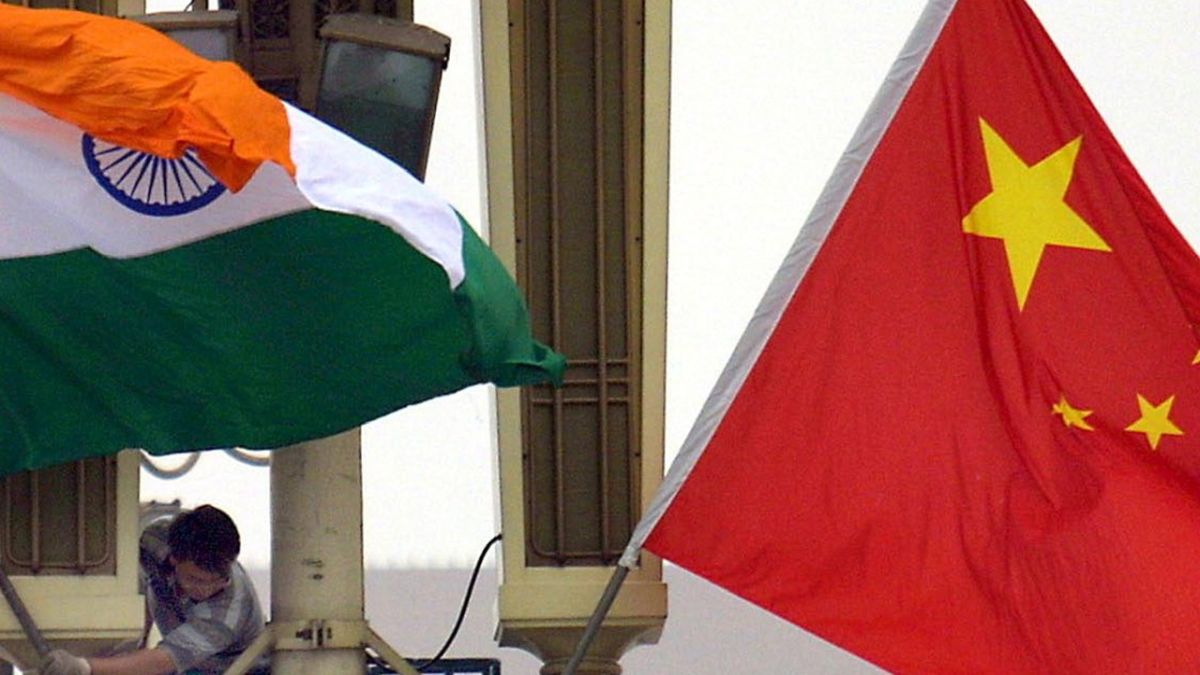)
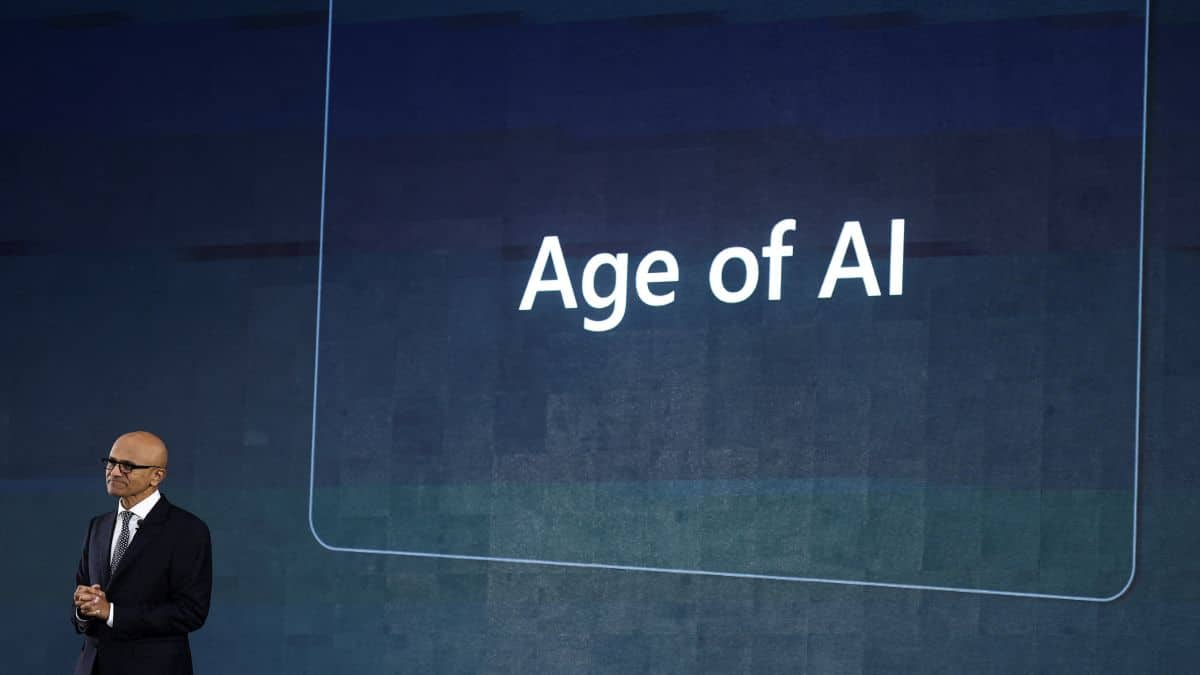
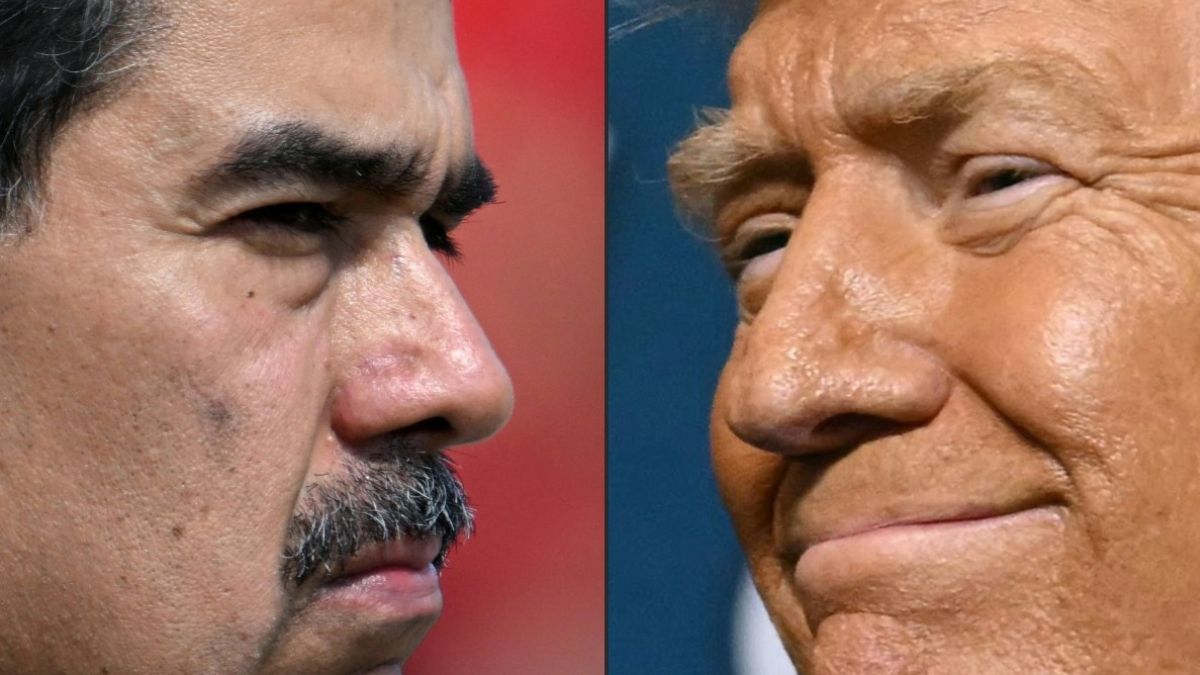)
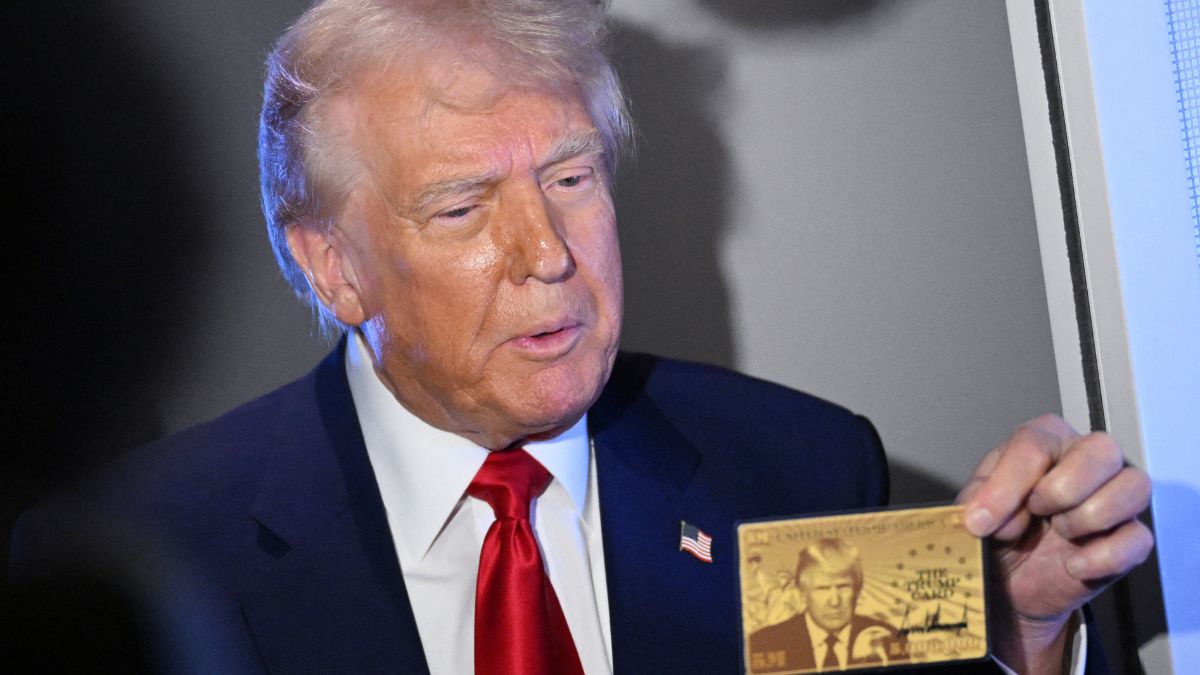)
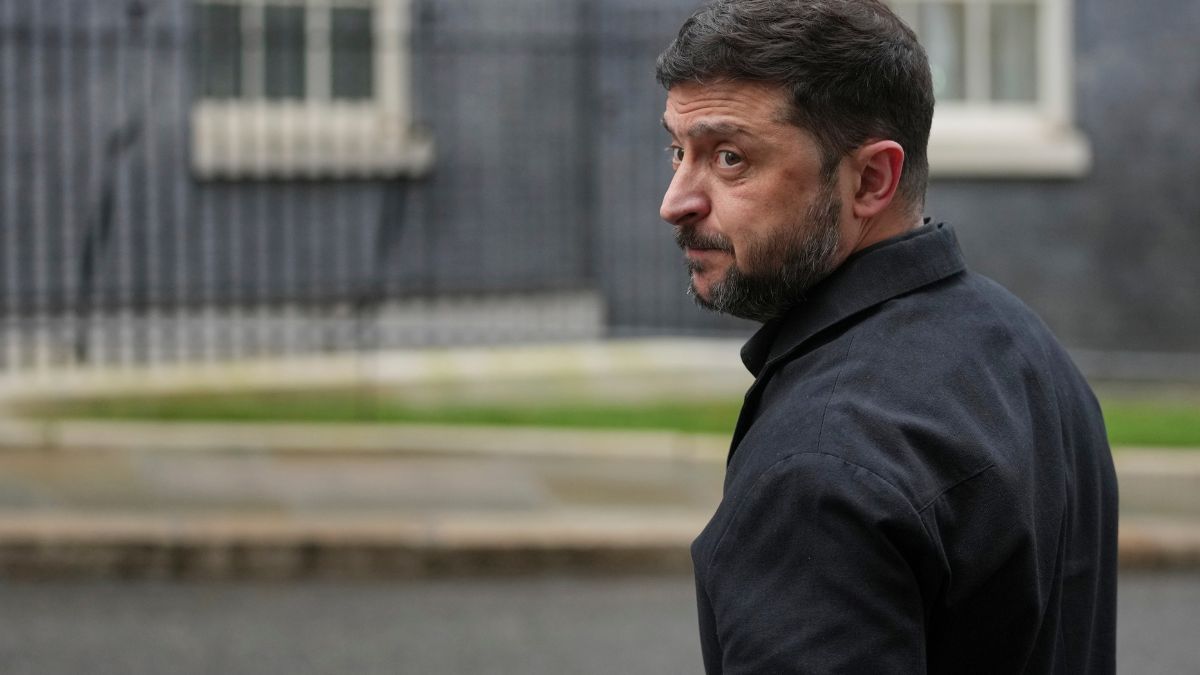)
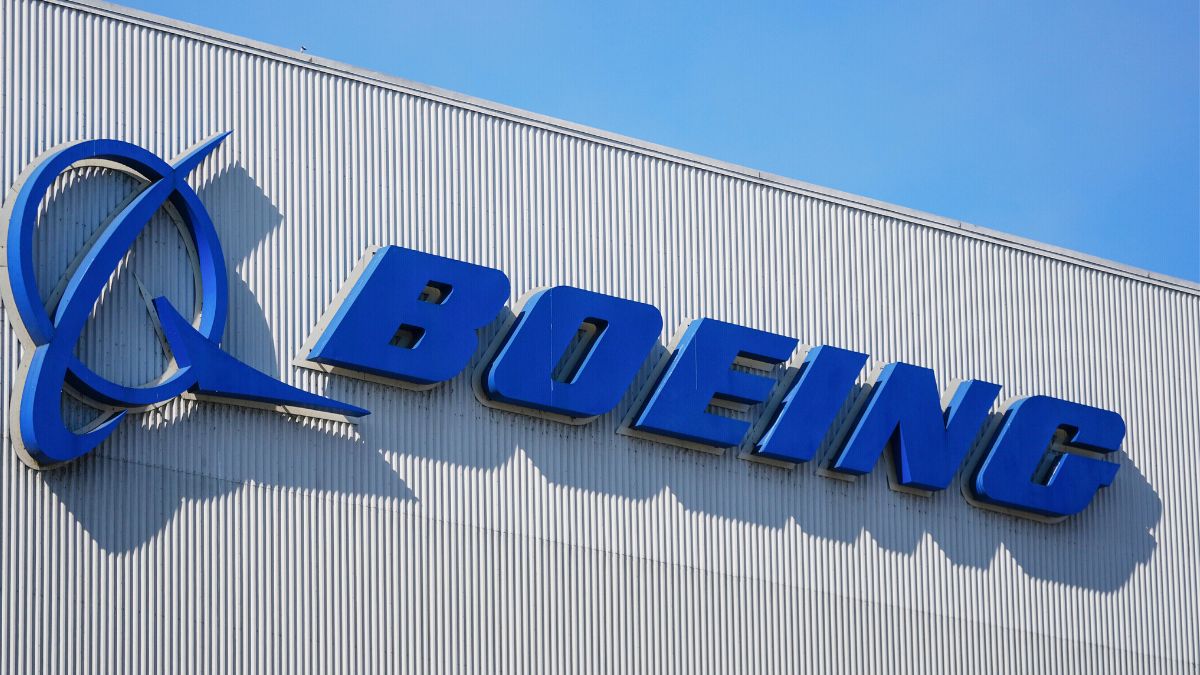)
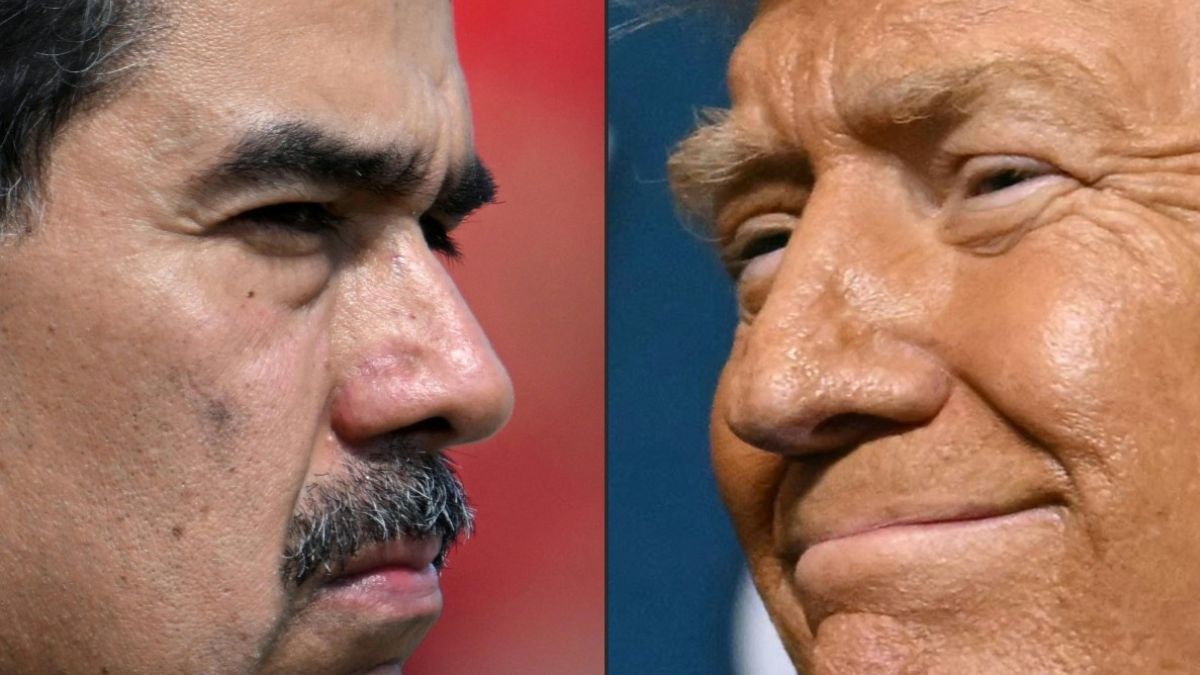)
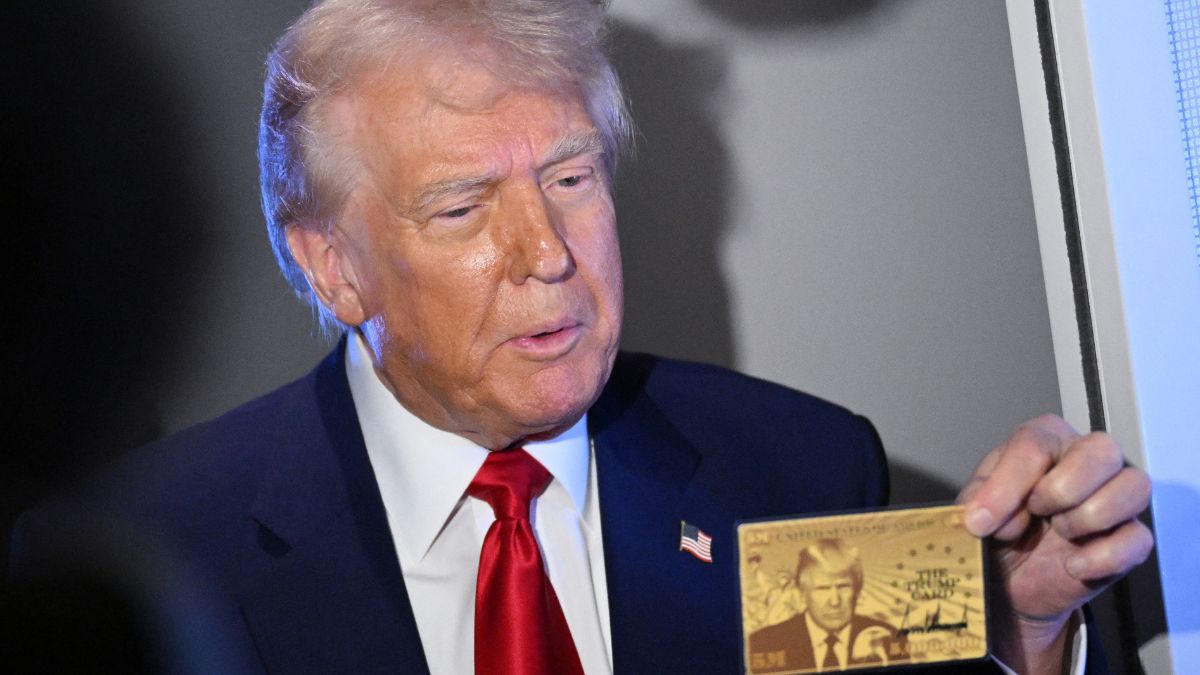)
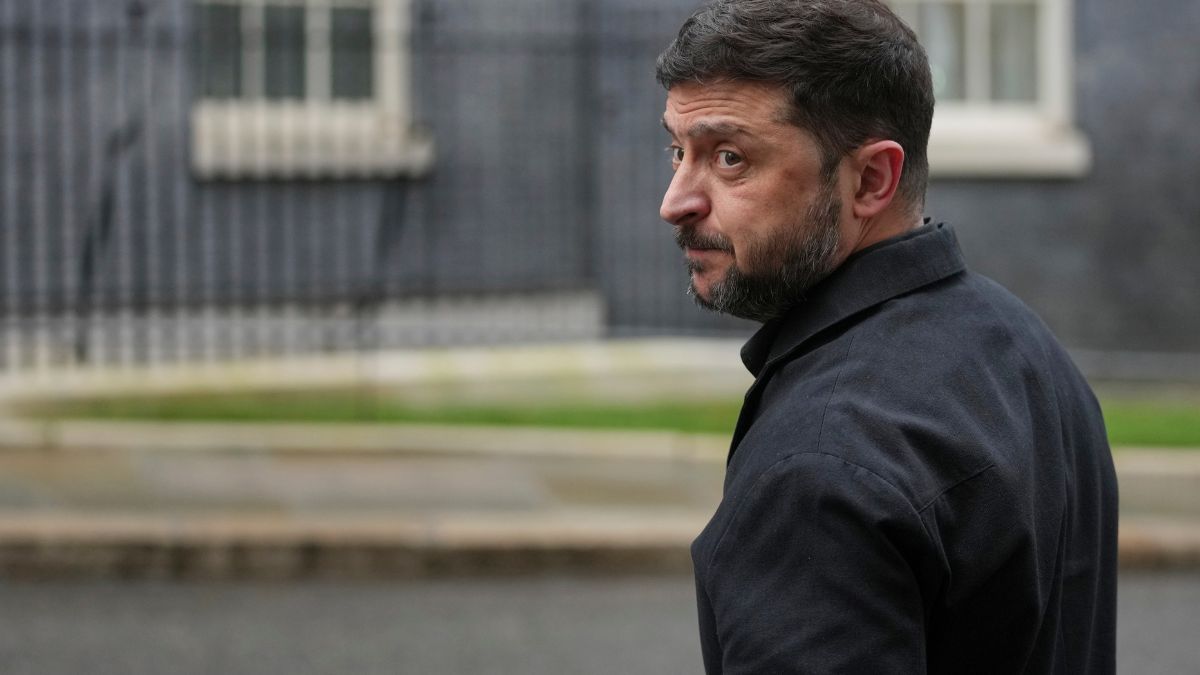)
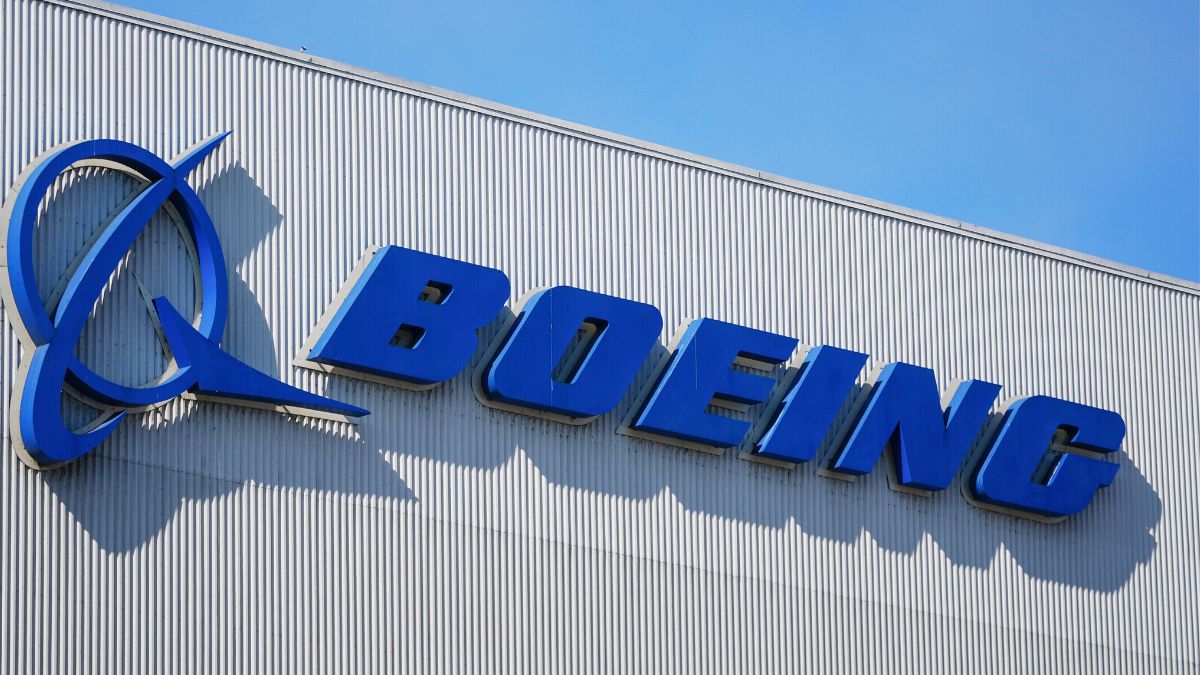)



